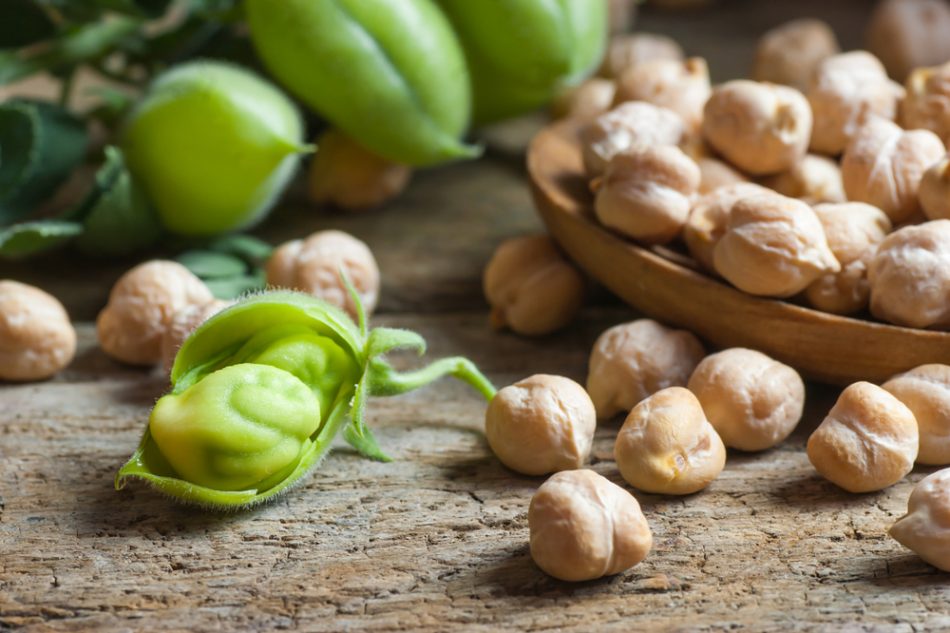AI has helped humans achieve a lot of things; from predicting seizures, to completing Beethoven’s unfinished 10th Symphony. Its latest endeavor: designing the ultimate chickpea. Although these pulses are a thoroughly understood crop, the genome of most varieties is not well sequenced. An organism’s DNA holds potential secrets into its growth and nature, therefore a project was set out to unlock these.
The research was a huge international endeavor, with teams all around the world genetically mapping over 3000 varieties of chickpea. A team from the University of Queensland in Australia then analyzed the data to identify the best genes from the bunch. Their criteria was enhanced yield and nutrition, and also resistance to drought, heat, and diseases.
Using these as the basis for crop performance, an AI algorithm was able to weight genes and rank them. “We are using our AI ‘FastStack’ technology platform to design a chickpea with the ultimate genetics for maximum seed weight, and we think this will ultimately be a valuable tool for chickpea breeders,” said Professor Hayes, a lead on the project. The tool can then be used as a database and guide for farmers, who can then combine different strains to produce an optimum breed.
Chickpeas are the world’s third largest pulse crop, and with more people turning to a reduced meat diet, the demand for the crop will continue to grow. They are also vital for crop rotation farming systems, adding essential nitrogen into the soil naturally. This reduces the need for nitrogen fertilizer, a big runoff pollutant of land and waterways close to farms.
Source study: Nature – A chickpea genetic variation map based on the sequencing of 3,366 genomes











